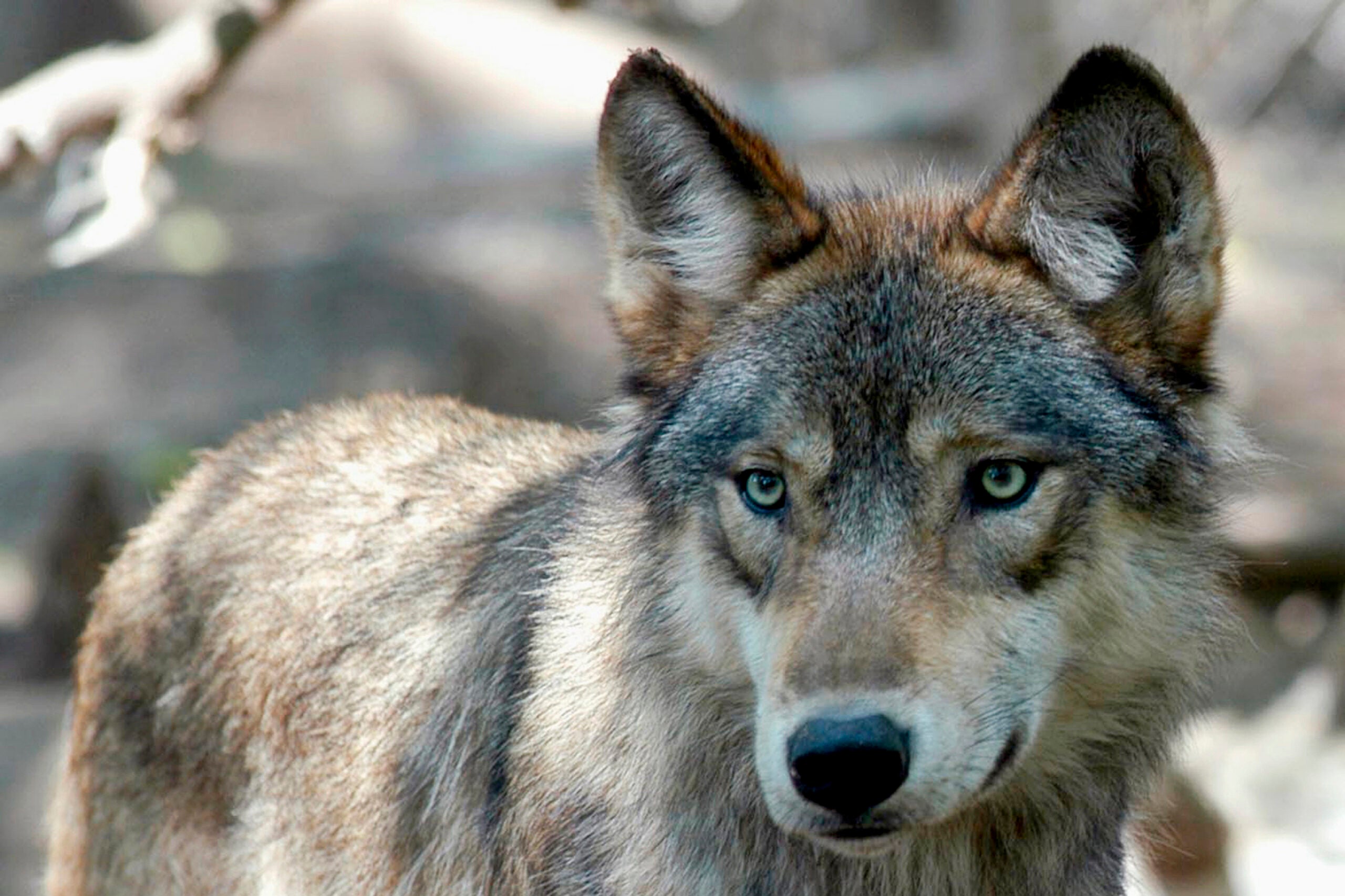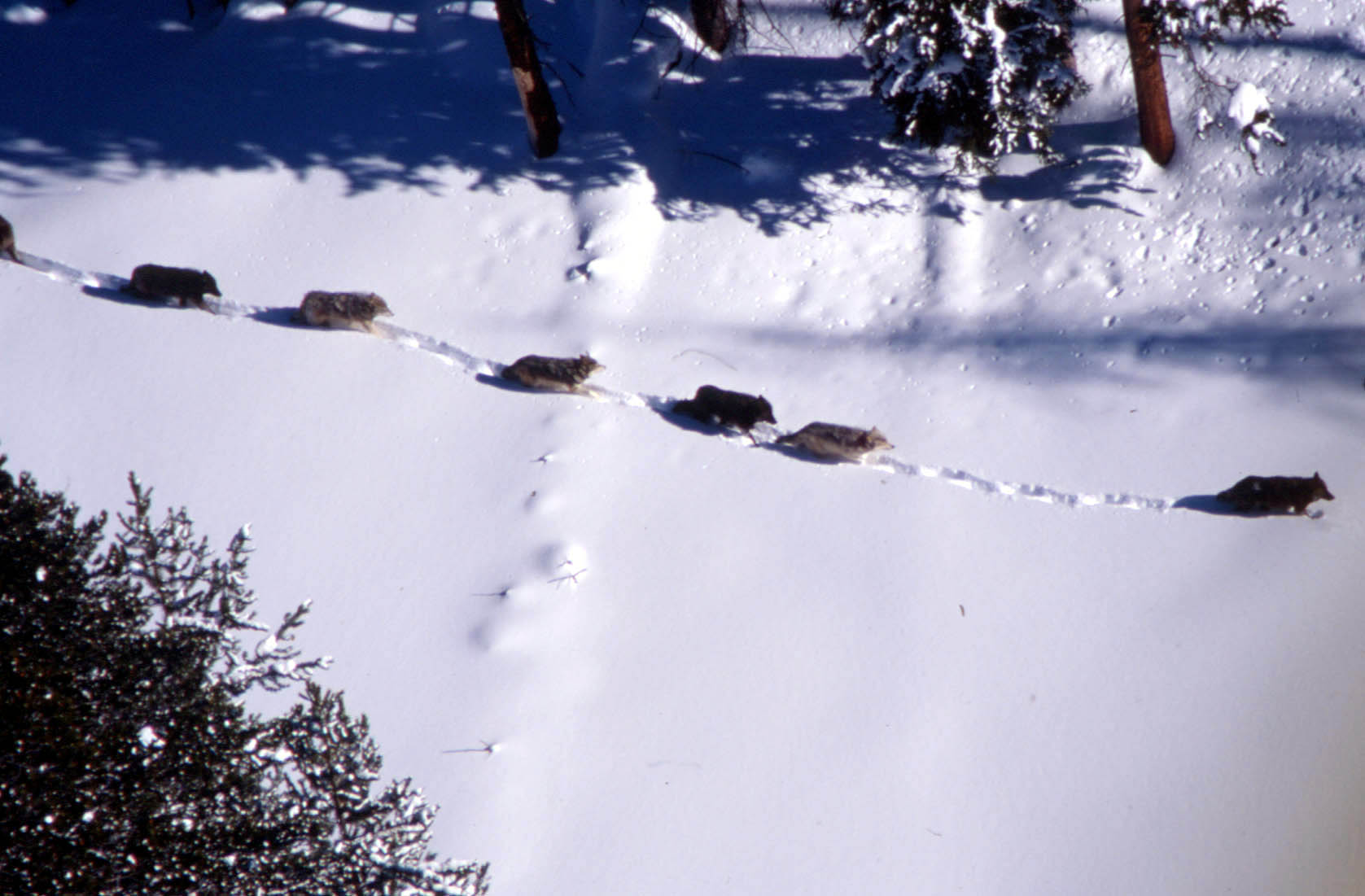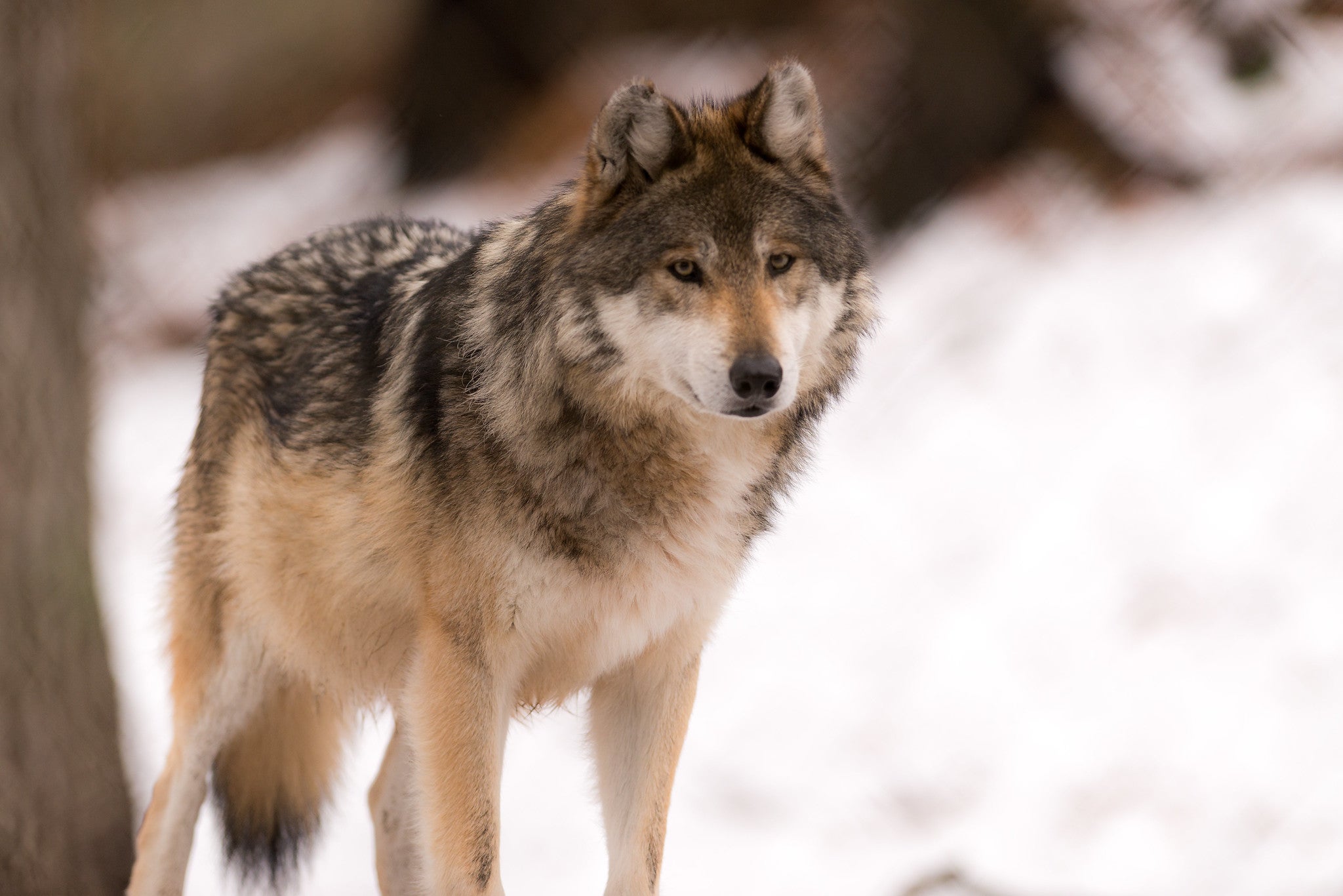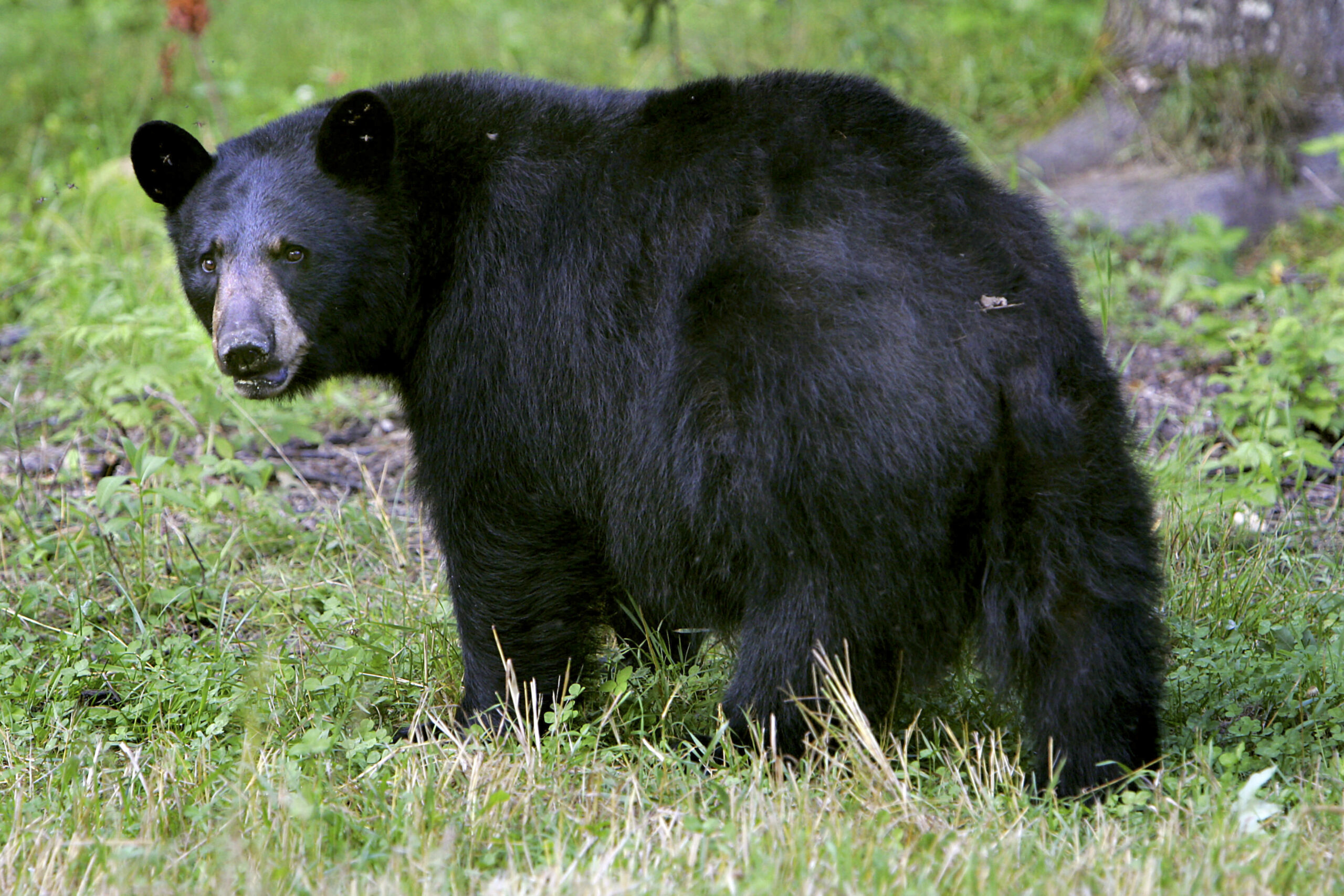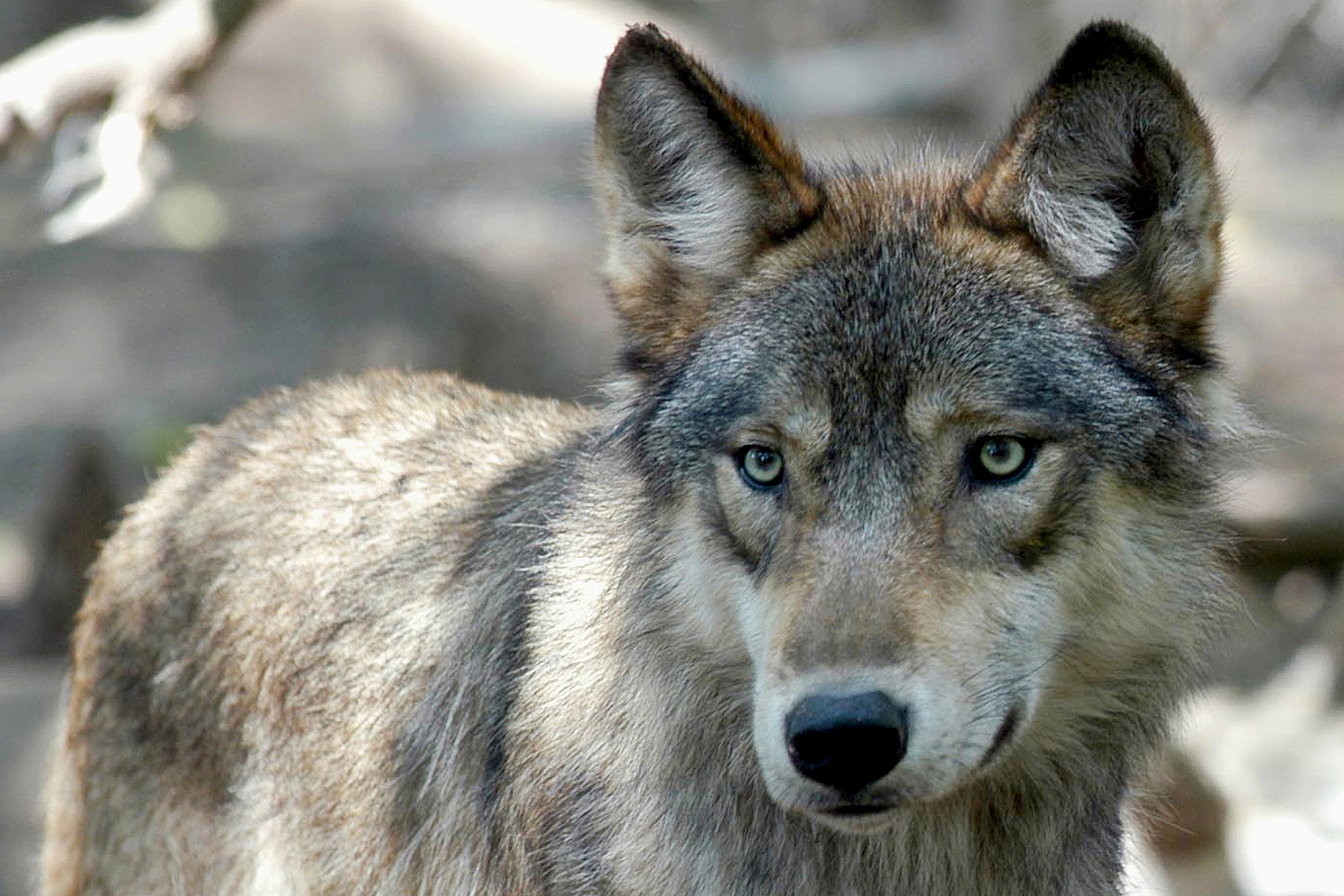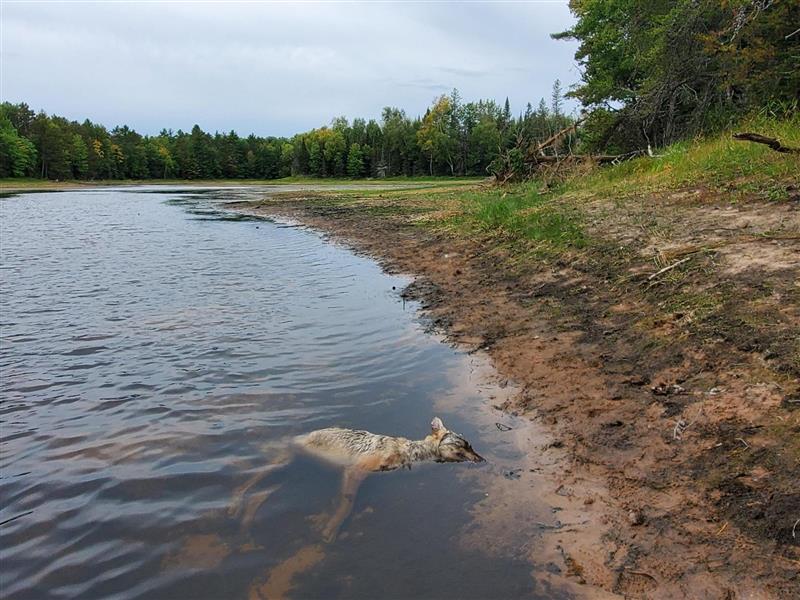Wolf hunters in Wisconsin harvested 18 percent of the state’s population in just two days, far exceeding the quota set by wildlife officials and bringing an early end to the state’s first wolf hunt in six years Wednesday.
State-licensed hunters had registered 213 wolves as of 8 a.m. Thursday, well above the 119 wolves the state allocated for harvest. The figure was part of a total quota of 200 wolves for the winter season, split between the state and Wisconsin’s Ojibwe tribes.
The state’s six management zones were closed by 3 p.m. Wednesday.
Stay informed on the latest news
Sign up for WPR’s email newsletter.
The number of wolves in Wisconsin had grown from just 25 wolves in 1980 to 1,195 wolves prior to the hunt, according to the Wisconsin Department of Natural Resources.
Hunters and trappers also exceeded quotas during Wisconsin’s three previous wolf hunts held before a federal judge ruled in 2014 to restore federal protections for the animal.
Planning Underway For The Next Hunt
While wolf hunt opponents work to prevent future hunts and the Biden administration considers possibly restoring protections, state wildlife officials are making plans for another wolf season that would begin Nov. 6. Applications open next week.
“So people can get ready to start applying for wolf permits for this fall as of Monday,” said Keith Warnke, the DNR’s administrator of fish, wildlife, and parks.
Warnke told the Natural Resources Board during a Wednesday meeting that the agency is forming its wolf advisory committee to help develop quota recommendations for a hunt this fall. Discussion and consultation with the state’s tribes about the next wolf quota would begin after population surveys of the animal end in April. The DNR would bring that quota before the board for approval in August.
Natural Resources Board Chair Fred Prehn would like to see the next wolf quota follow the state’s existing wolf management plan, which set a population goal of 350 wolves statewide.
“Clearly, the quota wasn’t taking the 350 in mind. I mean, we’ve seen in the last two to three days tops, there’s a lot of wolves on the landscape — a lot,” said Prehn. “I hope the scientists can figure out exactly how many wolves they feel are roaming Wisconsin because I think it’s a lot more than one thinks.”
Tribes and animal rights and environmental groups have argued the state’s wolf management plan, which was last updated in 2007, is woefully outdated. They’ve opposed the rush to hold a hunt this winter, saying the decision was not based on the best available science. Opponents of the hunt have highlighted it’s the first season to take place in the middle of the wolf’s breeding season. All previous hunts wrapped up by December.
They also said the DNR was rushed to develop a quota after a Jefferson County judge ordered wildlife officials to immediately resume a hunt. That ruling came after a conservative advocacy group filed a lawsuit on behalf of Kansas-based Hunter Nation. The group sought the court order to immediately resume the state’s wolf hunt. The DNR asked an appeals court to put a hold on that ruling, but a panel of judges dismissed the agency’s appeal.
Hunters argued they have a right to hunt wolves in Wisconsin under the law. The DNR is required to hold a single season from Oct. 15 through February when the animal isn’t listed as an endangered species. Hunters along with farmers point to livestock and pets that have been killed due to wolf encounters as the animal’s population has grown.
Wisconsin Public Radio, © Copyright 2025, Board of Regents of the University of Wisconsin System and Wisconsin Educational Communications Board.
